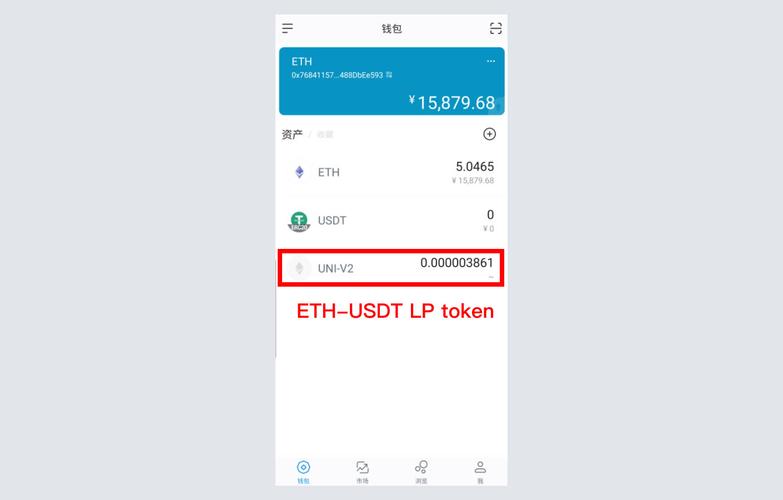Understanding the Eth Coin History: A Detailed Journey
Have you ever wondered about the fascinating journey of Ethereum (ETH) coin? From its inception to its current status as a leading cryptocurrency, Ethereum has undergone a remarkable transformation. In this article, we will delve into the history of ETH coin, exploring its origins, key milestones, and its impact on the crypto world.
Origins of Ethereum
Ethereum was conceptualized by Vitalik Buterin, a Russian-Canadian programmer, in 2013. The idea behind Ethereum was to create a decentralized platform that would enable developers to build and deploy smart contracts and decentralized applications (DApps). This vision was inspired by the limitations of Bitcoin, which could only handle simple transactions.

The Ethereum White Paper
In 2014, Buterin published the Ethereum white paper, outlining the technical details of the platform. The white paper proposed a new blockchain architecture called Ethereum Virtual Machine (EVM), which would allow for the execution of complex smart contracts. This was a groundbreaking idea at the time, as it opened up new possibilities for decentralized applications.
The Ethereum ICO
In July 2014, Ethereum launched its initial coin offering (ICO) to raise funds for the development of the platform. The ICO was a massive success, raising approximately $18 million in just 42 days. Participants were able to purchase ETH coins in exchange for Bitcoin and fiat currencies. This marked the beginning of the Ethereum community and its journey towards mainstream adoption.
The Launch of Ethereum
Ethereum’s mainnet was launched on July 30, 2015. This was a significant milestone for the project, as it marked the transition from a test network to a fully functional blockchain. The launch of the mainnet allowed developers to deploy their smart contracts and DApps on the Ethereum platform, leading to a surge in interest and adoption.
Key Milestones in Ethereum’s History
Over the years, Ethereum has achieved several key milestones that have contributed to its growth and success. Here are some of the most notable ones:

| Milestone | Date | Description |
|---|---|---|
| Homestead Hard Fork | March 14, 2016 | First major hard fork to address security vulnerabilities and improve the platform’s stability. |
| DAO Hack | June 17, 2016 | A major security breach in the DAO (Decentralized Autonomous Organization) project, leading to the creation of Ethereum Classic (ETC). |
| Byzantium Hard Fork | October 16, 2017 | Second major hard fork to improve scalability and energy efficiency. |
| Constantinople Hard Fork | January 16, 2019 | Third major hard fork to further enhance scalability and reduce transaction costs. |
| Plasma | 2019 | Introduction of Plasma, a layer-2 scaling solution to improve the Ethereum network’s performance. |
Ethereum 2.0
In 2020, Ethereum announced the launch of Ethereum 2.0, a major upgrade to the platform. Ethereum 2.0 aims to address the scalability issues of the current Ethereum network by transitioning to a proof-of-stake consensus mechanism. This upgrade is expected to significantly improve the network’s performance, reduce transaction costs, and increase its overall capacity.
The Impact of Ethereum
Ethereum has had a profound impact on the crypto world and beyond. Here are some of the key impacts of Ethereum:
-
Decentralization: Ethereum has played a crucial role in promoting decentralization by enabling the creation of decentralized applications and smart contracts.
-
Innovation: The platform has fostered innovation in the crypto space, with numerous projects and startups leveraging its capabilities.
-
Adoption: Ethereum has gained significant adoption among developers and users, making it one of the most popular cryptocurrencies.
-
Market Value: ETH has become one of the
